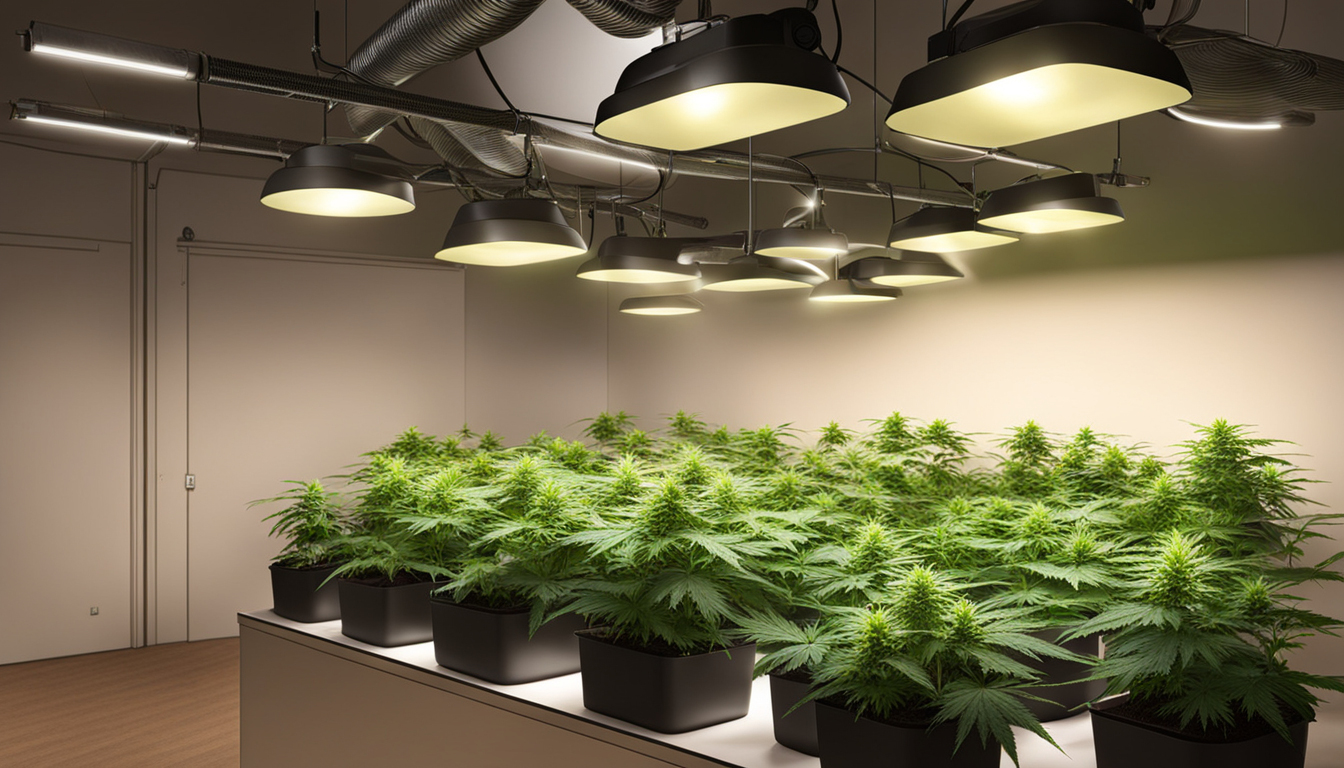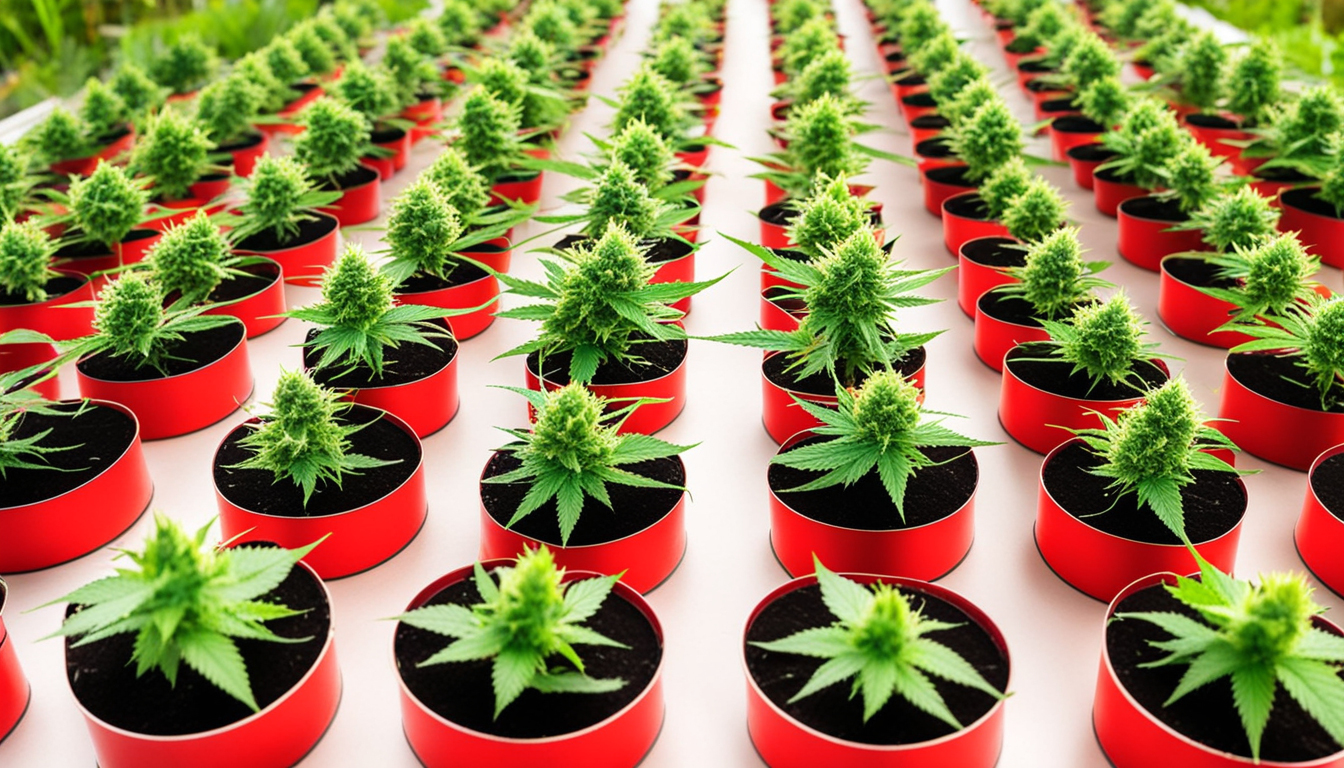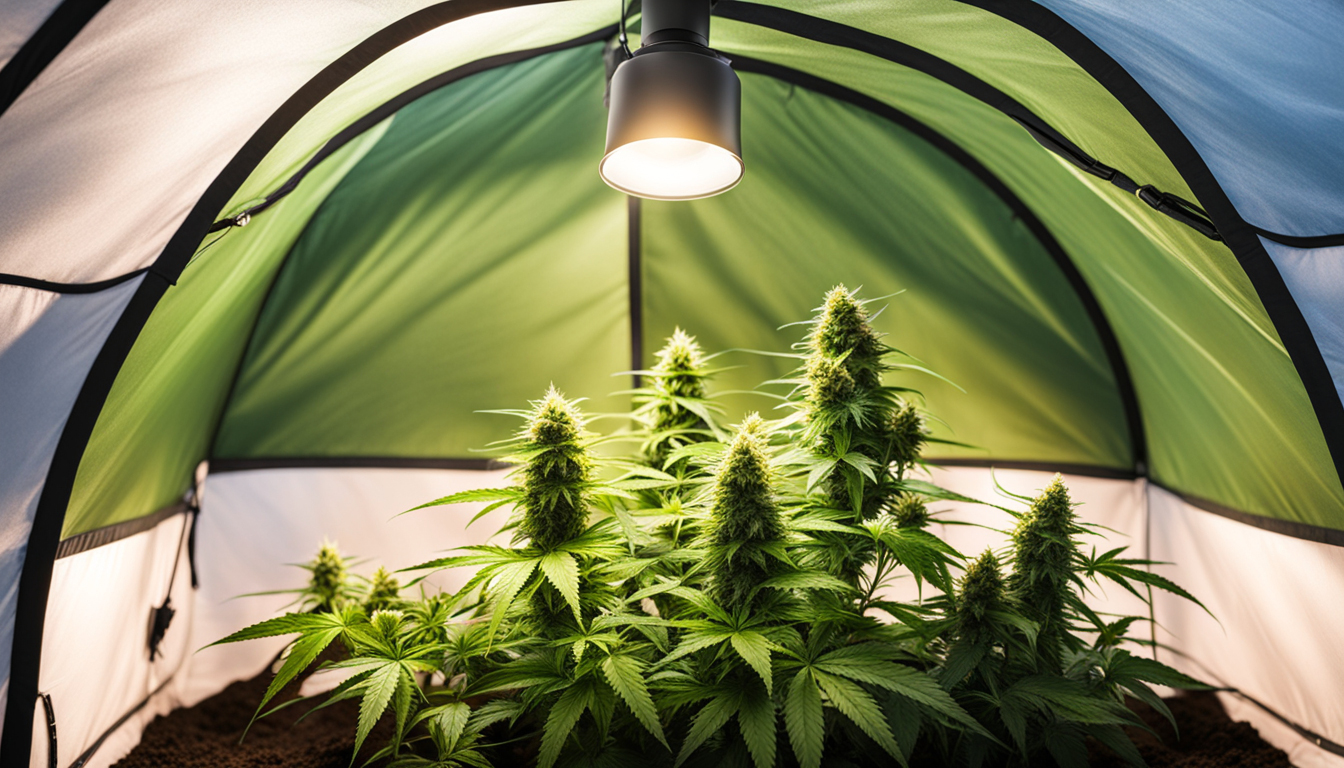
Whether you're beginning cannabis growing or looking to improve your existing crop, following this complete guide will help you produce bountiful, high-quality yields right at home. With the right equipment, techniques, and care, growing pot indoors can be an extremely productive and cost-effective endeavor.
Choosing Marijuana Strains
The first step in planning your indoor grow is choosing the right pot varieties to grow. The three main types of cannabis plants each have their own qualities.
Energizing strains
Known for their invigorating cerebral effects, sativas spread tall and slender with narrow leaves. They thrive in warmer tropical climates and have a longer blooming time between 10-12 weeks indoors. Top sativa varieties include Jack Herer, Durban Poison, Super Lemon Haze, and Jack Herer.
Indicas
These strains provide calming full-body effects and spread short and bushy with wide leaves. Adapted to cooler mountain climates, they bloom faster within 8-9 weeks. Popular relaxing varieties include Granddaddy Purple, Northern Lights, and Bubba Kush.
Mixed strains
Mixed strains mix traits from both energizing strains and indicas. They offer blended effects and have moderate flowering times around 9-10 weeks. Popular mixes are OG Kush, Girl Scout Cookies, and Blue Dream.

Setting Up Your Cultivation Space
Cannabis plants need the right controlled environment to thrive. Key factors for indoor grows are lighting, airflow, layout, and finding the ideal discreet spot.
Location
Choose an available space with easy access to irrigation and electrical outlets. An empty extra bedroom, unused closet, basement corner, or cultivation tent securely placed in a garage all make great hidden cultivation room spots.
Lighting
Marijuana requires powerful light for all growth stages. LEDs are energy-efficient and come in full spectrum options replicating natural outdoor light. Provide 15-25 watts per sq. ft for the vegetative stage and 20-40 watts per sq. ft. for flowering.
Airflow
Proper airflow and exhaust systems maintain ideal temp, moisture, and fresh CO2 levels. Set up low-noise 4-6 inch fans or scrubbers to refresh stale air and reduce odors.
Layout
Maximize your space by positioning plants carefully under the lights and leaving room to access and work around them. Set up distinct zones for growth, flowering, drying, and propagation.

Cultivation Substrates
Marijuana can be cultivated in various mediums, each with pros and cons. Pick a suitable option for your specific setup and growing style.
Soil
The classic substrate, soil is cheap and simple for new growers. It provides excellent taste but needs more watering and nutrients to feed plants. Enrich soil with vermiculite or coir to enhance aeration.
Coconut coir
Made from coir, renewable coconut fiber holds water but still lets in air to the roots. It's more sterile and more consistent than soil. Use coir-specific nutrients to avoid calcium buildup.
Hydroponics
In hydro systems, plant roots grow directly in nutrient water solution. This allows rapid growth but needs close monitoring of water chemistry. Deep water culture and drip systems are common techniques.
Germinating Seeds
Germination activates your cannabis seeds to start growing radicles. This readies them for transplanting into their cultivation medium.
Towel Method
Put seeds between moist paper towel and keep them moist. Check after 2-7 days for growing radicles indicating germination is complete.
Direct Planting
Plant seeds directly into pre-moistened cultivation medium 6mm deep. Gently water and wait 7-14 days until seedlings break through the top.
Rockwool Cubes
Presoak rockwool cubes in balanced water. Place seeds 6mm deep into the cubes. Keep cubes wet until seedlings emerge within 1-14 days.
Transplanting Seedlings
Once germinated, pot young plants need to be repotted to prevent crowding. Move them into appropriately sized containers.
Preparing Containers
Load large pots with growing medium amended with time-released fertilizer. Let containers to absorb water for 8-12 hours before repotting.
Gently repotting
Gently separate young roots from sprouting medium using a spoon. Place into pre-soaked pot at same depth as before and gently water in.
Vegetative Stage
The vegetative stage encourages foliage and plant structure through 18-24 hours of continual lighting exposure. This stage usually lasts 4-8 weeks.
Using 3/4 to full day of Light
Use grow lights on a 24 daily cycle or natural sunlight to initiate nonstop photosynthesis. Light intensity influences height and node distance.
Fertilizing
Use grow stage fertilizers higher in nitrogen. Make sure pH stays around 5.8-6.3 for proper nutrient uptake. Fertilize 1⁄4 to 1⁄2 concentration after 14 days and increase gradually.
LST and topping
Topping, low stress training, and trellising manipulate growth shapes for even foliage. This boosts yields.

Flowering Stage
The blooming stage develops buds as plants Learn More reveal their sex under a 12/12 cycle schedule. It lasts 2-3 months based on variety.
Changing Light Schedule
Change grow lights to 12/12 or move outside for natural 12/12 timing. This triggers plants to start blooming.
Stop Fertilizing
Leaching removes nutrient salts to enhance taste. Feed weakly the first weeks then just use pH'd water the final 2 weeks.
Flushing
Maintain 12/12 light timing but flush using neutral pH water only. Resume clean watering if buds aren't yet mature after two weeks.
Reaping
Knowing when marijuana is fully ripe delivers peak cannabinoid content and aroma. Cut down plants at peak maturity.
Signs of readiness
Look for swollen calyxes, faded pistils, and 5-15% amber trichomes. Check buds around the plant as they don't all ripen evenly.
Harvesting plants
Use clean, sharp trimming scissors to gently cut each plant at the base. Leave 5-10cm of stem attached.
Drying
Suspend intact plants or branches inverted in a lightless room with average temperature and RH around 45-65% for 7-14 days.
Aging
Curing continues desiccating while improving the buds like fine wine. This process mellows bitterness and further develops cannabinoid contents.
Jars and Humidity
Trim dried buds from branches and store into glass jars, filling about 75% capacity. Use a sensor to measure jar moisture.
Opening jars daily
Unseal jars for a few hours each day to gradually reduce humidity. Remoisten buds if humidity goes under 55%.
Long term storage
After 2-3 weeks when moisture levels off around 55-60%, perform a final trim and keep forever in airtight jars.
Common Problems and Solutions
Even experienced cultivators run into different pot plant problems. Identify issues early and address them correctly to keep a vibrant garden.
Nutrient Deficiencies
Yellowing leaves often indicate inadequate nitrogen. Anthocyanins and leaves signal phosphorus deficiency. Check pH and increase nutrients gradually.
Bugs
Thrips, aphids, fungus gnats, mites, and nematodes are frequent cannabis pests. Use organic sprays, predator bugs, and yellow traps for organic control.
Powdery mildew
Excessive humidity encourages powdery mildew and bud rot. Improve airflow and circulation while lowering humidity below 50% during bloom.

Summary
With this complete indoor marijuana growing guide, you now have the knowledge to grow plentiful potent buds for private grows. Apply these techniques and techniques throughout the seed starting, growth, and bloom stages. Spend in quality equipment and carefully check on your plants. In time, you'll be compensated with sticky aromatic buds you raised yourself under the loving care of your green thumbs. Happy growing